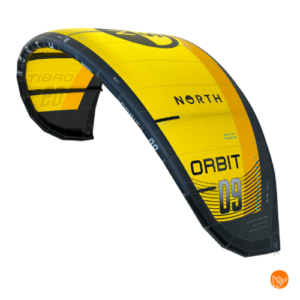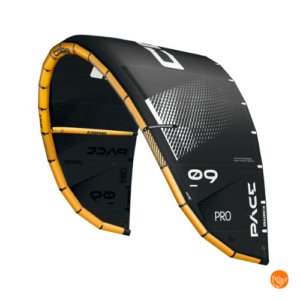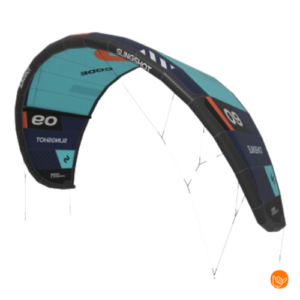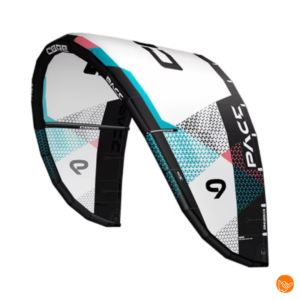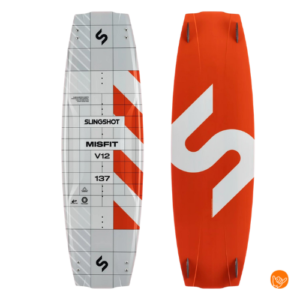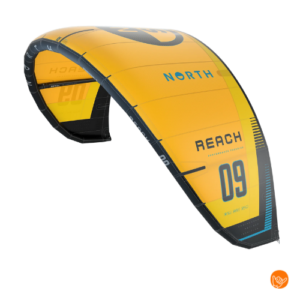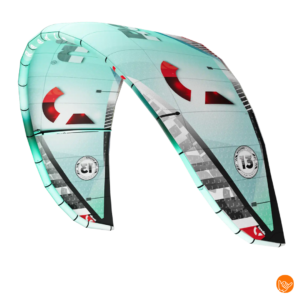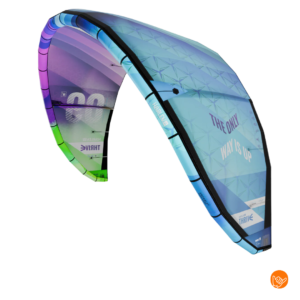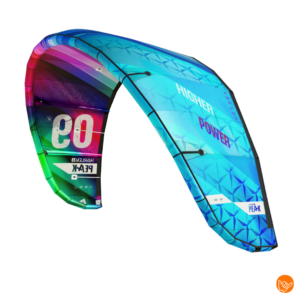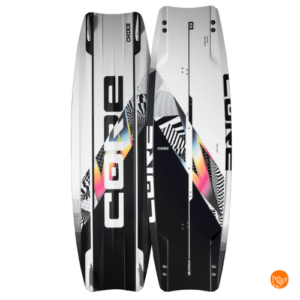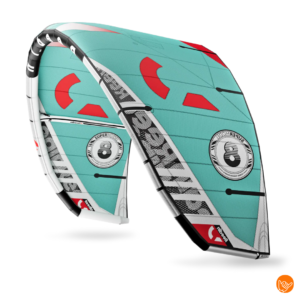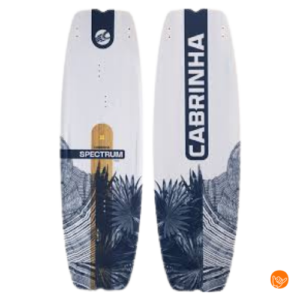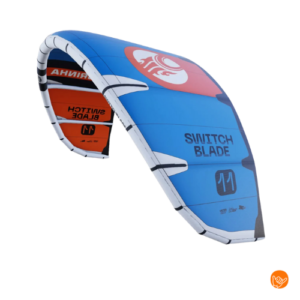A good kitesurfing course for beginners combines certified instructors, safety training and step-by-step teaching methods at convenient locations. The best kitesurfing lessons offer a structured approach where you first learn wind theory, then practice kite control on the beach, and then step by step get into the water. Learning kitesurfing safely usually requires 6-12 lessons, depending on weather conditions and your learning speed.
What makes a good kitesurfing course for beginners?
A quality kitesurfing beginner's course contains five essential elements: certified instructors, comprehensive safety training, suitable teaching locations, high-quality equipment and a step-by-step teaching method. This combination ensures that you learn to kitesurf safely and effectively without unnecessary risks.
The instructor must be certified by recognized organizations such as IKO (International Kiteboarding Organization) or VDWS (Verband Deutscher Windsurfing und Wassersport Schulen). Certified instructors have proven that they have mastered both the technical skills and didactic methods to teach beginners safely.
Safety training forms the basis of any good course. You will learn about:
- Recognizing wind directions and weather conditions
- Using kite safety systems
- Emergency procedures and self-rescue
- Priority rules on the water
- Avoiding dangerous situations
The lesson location should be suitable for beginners with enough space, stable wind conditions and a gradually rising bottom. Many kitesurfing schools in the Netherlands choose locations such as Workum, Hindeloopen or Brouwersdam because of their beginner-friendly conditions.
How many lessons do you need to be able to kitesurf independently?
Most beginners need 6-12 lessons to be able to kitesurf independently, spread over several days or weeks. After 3-4 lessons you usually master kite control on the beach, after 6-8 lessons you can body carry, and after 10-12 lessons you make your first meters on the board.
Several factors significantly affect your learning speed. Weather conditions play a crucial role - consistent wind between 12-18 knots is ideal for beginners. Too little wind makes learning difficult, while too much wind can be dangerous.
Your physical fitness and previous water sports experience accelerate the learning process. People with experience in surfing, wakeboarding or snowboarding often have a head start when balancing on the board. Your age and natural coordination also influence how quickly you progress.
Realistic expectations per number of lessons:
- Lesson 1-2: Wind theory, safety and kite control with trainer kite
- Lesson 3-4: Kite control with large kite, powerstroke and safety systems
- Lesson 5-6: Bodydrag and water starts without board
- Lesson 7-8: First attempts with board, short rides
- Lesson 9-12: Independent riding, altitude keeping and basic techniques
What is the difference between private lessons and group lessons in kitesurfing?
Private lessons offer personal attention and a customized learning approach, while group lessons are more cost-effective and offer social interaction. Private lessons typically cost €80-120 per hour, group lessons range from €40-70 per person per lesson, depending on group size.
Benefits of private lessons:
- 100% instructor's attention
- Learning pace adapted to your learning speed
- Instant feedback and error correction
- Flexible scheduling and lesson content
- Faster progression possible
Benefits of group classes:
- Lower cost per person
- Learning from the mistakes and successes of others
- Social aspects and motivation
- Less intense pressure during learning
- Building network of fellow kitesurfers
For fast learners and those with limited time, private lessons are often the best choice. Group lessons are a better fit for social learners, those with limited budgets, or those who prefer to avoid the pressure of individual attention.
What equipment do you need as a beginner kitesurfer?
As a beginner kitesurfer, you need a complete kit consisting of a kite, board, bar with lines, harness, wetsuit and safety gear. Most courses provide all the necessary equipment, but for independent kitesurfing you need to invest in your own equipment or opt for flexible rental solutions.
A complete beginner's set includes:
- Kite: 9-12m² all-round kite suitable for different wind conditions
- Board: Twintip board from 135-145cm, wide and stable
- Bar and lines: 4-line setup with safety systems
- Harness: Seat or hip harness for force distribution
- Wetsuit: 4/3mm or 5/4mm for Dutch waters
- Helmet and impact vest: For extra safety while learning
Purchase costs for new equipment range between €2,500-4,000, which for many beginners is a large investment. Smart alternatives make kitesurfing more accessible without this high initial cost.
More and more kitesurfers are opting for flexible subscription solutions where you get access to premium gear from brands such as CORE, Naish and Slingshot for a predictable monthly fee. This approach allows beginners to try out different kites and boards before committing to specific brands or models.
How to choose the best location for your first kitesurfing lessons?
The best location for kitesurfing beginner lessons has stable wind conditions, ample space, shallow boarding areas and professional safety facilities. In the Netherlands, Workum, Hindeloopen, Brouwersdam and IJmuiden are popular choices because of their beginner-friendly conditions.
Important factors in site selection:
Wind conditions largely determine your learning experience. Find locations with consistent winds between 12-18 knots, preferably lateral wind (side-shore) that is safe for beginners. Avoid locations with downwind (off-shore) that can blow you out to sea.
Water depth and bottom conditions affect your safety and comfort. Ideal beginner spots have:
- Gradually rising bottom without obstacles
- Water depth of 0.5-1.5 meters in the learning area
- Sandy bottom with no stones or sharp objects
- Ample room to make mistakes
Safety facilities and service make the difference between a good and excellent learning experience. Professional kitesurfing schools offer lifeboats, first aid facilities, equipment storage and changing rooms.
For beginning kitesurfers who want to continue learning independently after their course, modern kitesurf gear subscriptions offer an ideal solution. By flexible subscriptions you can try out different kites and boards as you develop your skills. You can easily create your own set based on your developing preferences and riding style. For questions about the best equipment for your level, you can always Get in touch record for personal advice from experienced kitesurfers.










